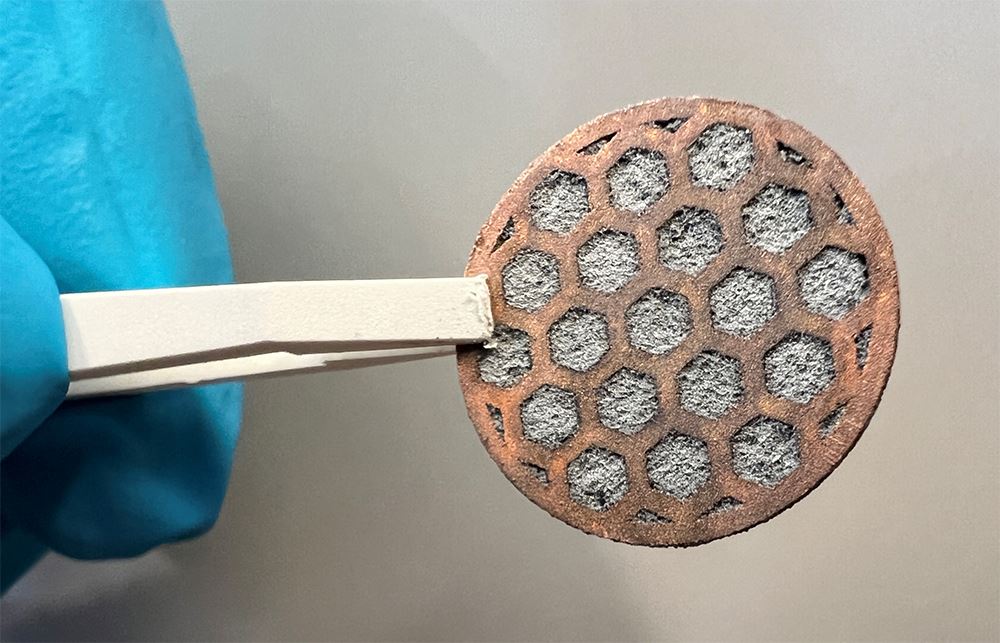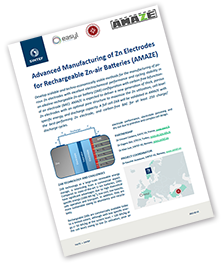AMAZE is expected to deliver a new generation of thick, porous Zn electrodes with an optimal pore structure to maximize the Zn utilization, cell-level specific energy, and discharge capacity. A full cell ZAB will be validated in AMAZE with the best-performing Zn electrode, and carbon-free BAE for at least 250 charge/discharge cycles.
ZAB technology and Challenges
ZAB technology as a large-scale renewable energy storage, is interesting from a commercial aspect. Compared to state-of-the-art Li ion batteries, ZABs have significant advantages due to high theoretical specific energy (1086 Wh kg-1), low cost, low toxicity, safe operation and transport. In addition, they are more sustainable owing to abundancy and recyclability.
Rechargeable ZABs are commercially available today to a limited extent, although with low specific energy (< 50 Wh/kg at the system level, < 100 Wh/kg at the cell level) owing to low Zn utilization, poor air electrode performance, electrolyte poisoning and dry out due to primitive and complex cell design.
Partnership
- Dr Vincent Caldeira, EASYL SA, France, www.easyl.fr
- Dr Ozgenc Ebil, IZTECH, Turkey, www.en.iyte.edu.tr
- Dr Mari Juel, SINTEF AS, Norway, www.sintef.no
Project Coordinator
- Dr Kaushik Jayasayee, SINTEF AS, Norway, www.sintef.no

